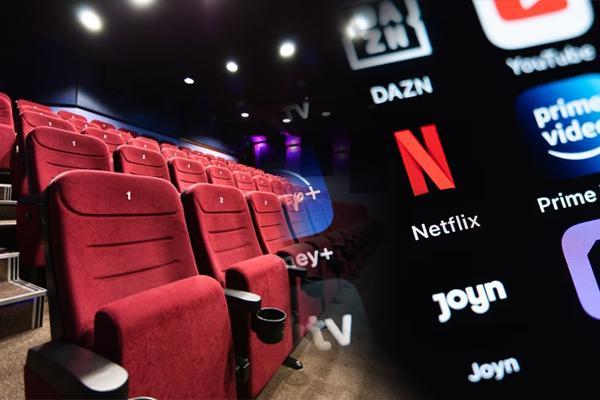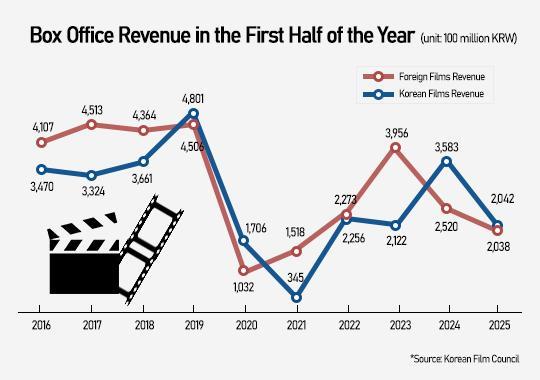
SEOUL, October 20 (AJP) - Korea's once-vibrant movie scene is struggling to bring audiences back to theaters, and without serious soul-searching, it may follow the same decline once seen in Japanese and Hong Kong cinema.
Multiplex chains are shuttering nationwide, often blaming global streaming platforms for their decline, but insiders argue the problem runs deeper — a shortage of compelling, diverse stories worth watching on the big screen.
"The audience isn't gone — they just haven't been given enough movies worth going out for," said Kim Chi-ho, professor of Culture Contents at Hanyang University ERICA. "When the year's biggest hit barely surpasses five million viewers, it's not just about competition with OTT platforms. It's about what stories we're offering."
The numbers tell the story. This year's top-grossing films — "My Daughter Is a Zombie" (5.62 million admissions) and "Demon Slayer: Infinity Castle" (5.42 million) — fell well short of the 10-million-viewer milestone that once defined a Korean blockbuster. At the same time, ticket prices of 14,000–15,000 won now rival a month of streaming-service access, giving moviegoers little reason to leave home.

According to the Korean Film Council, Korea's annual movie attendance has halved since the pandemic, plunging from 200 million to around 100 million. In the first half of 2025 alone, box-office revenue dropped 33.2 percent year-on-year, while admissions slid 32.5 percent to 42.5 million.
The decline is hitting multiplexes hard. CGV has already closed 12 branches this year, including its beloved Myeong-dong Cine Library — a hub for art-house screenings and film talks — while Megabox Seongsu, opened only six years ago, shut down earlier this month.
"It's not just a temporary slump," said Lee Eun, CEO of Myung Films. "We're seeing the fallout of an industry that expanded too quickly, focused too narrowly on blockbusters, and left independent and mid-sized studios behind."
Lee contrasted Korea's downturn with other post-pandemic markets. "Multiplexes that once earned 100 are now making 50 — but their costs remain the same," he said. "The closures we're seeing today may continue until a healthier balance returns."
To keep the K-content wave alive, Lee urged a long-term vision that values artistry as much as profit. He called for policies that nurture independent and small-studio productions and treat cinema "as more than a commercial product."
Independent and art-house filmmakers, he added, still struggle to find screens. "Over the past 20 years, multiplex chains have made efforts to show independent works. But now it's time for local governments, the Korean Film Council, and the Ministry of Culture, Sports and Tourism to expand funding for dedicated art-house theaters."
Film critics warn that the halo surrounding Korean cinema — once seen as Asia's creative powerhouse — could fade just as it did for Japanese, Hong Kong, and Chinese films in earlier decades. The answer, they say, lies not in chasing blockbusters but in supporting diversity and creativity at every level of the industry.
Copyright ⓒ Aju Press All rights reserved.



